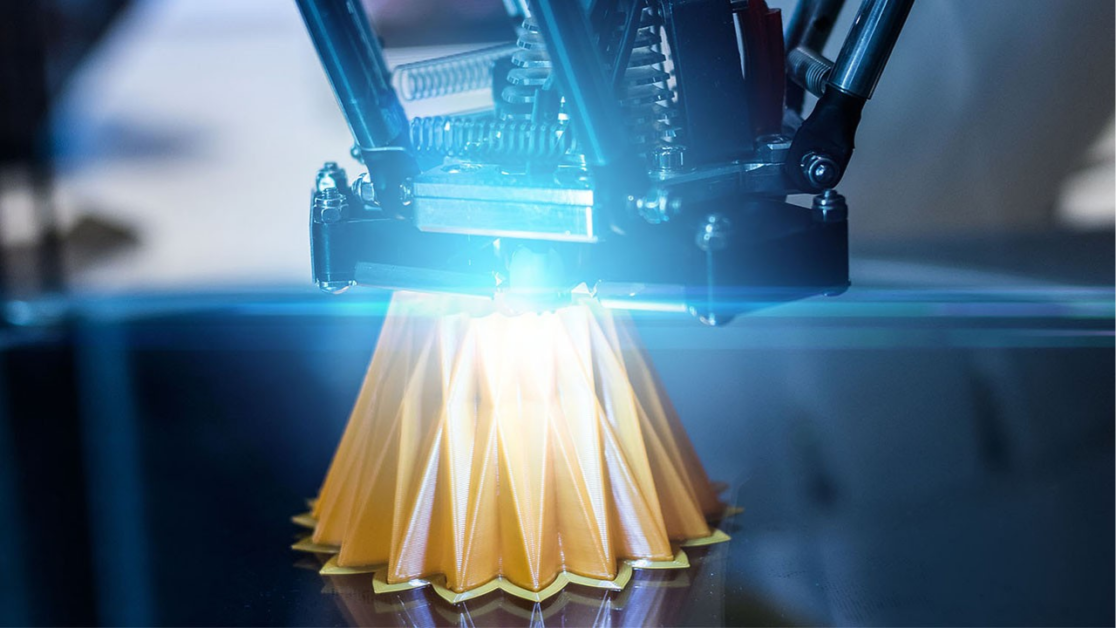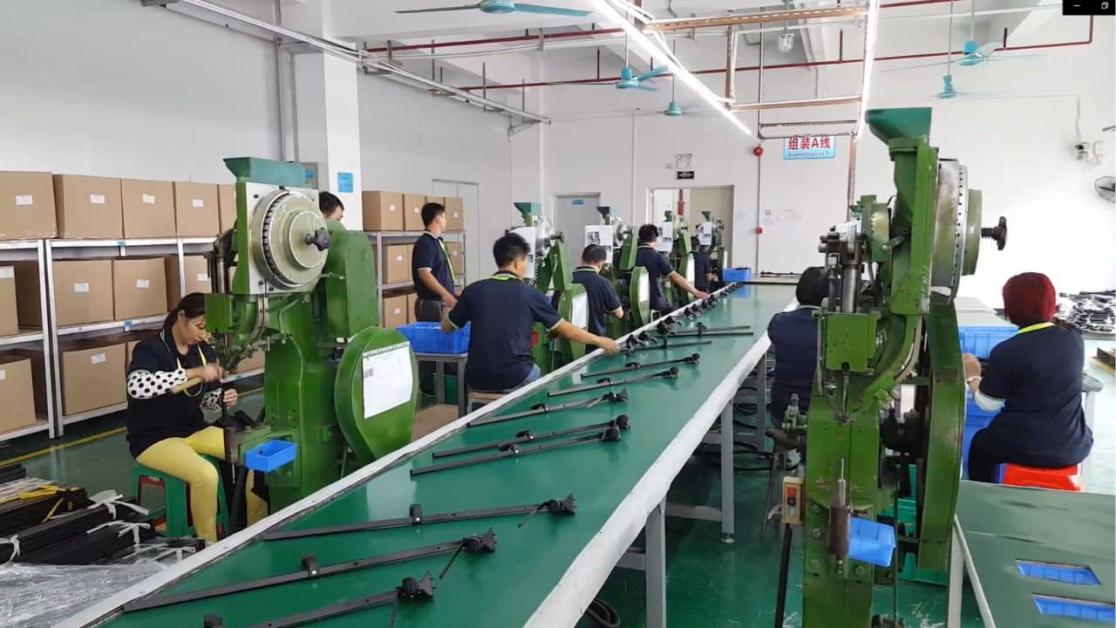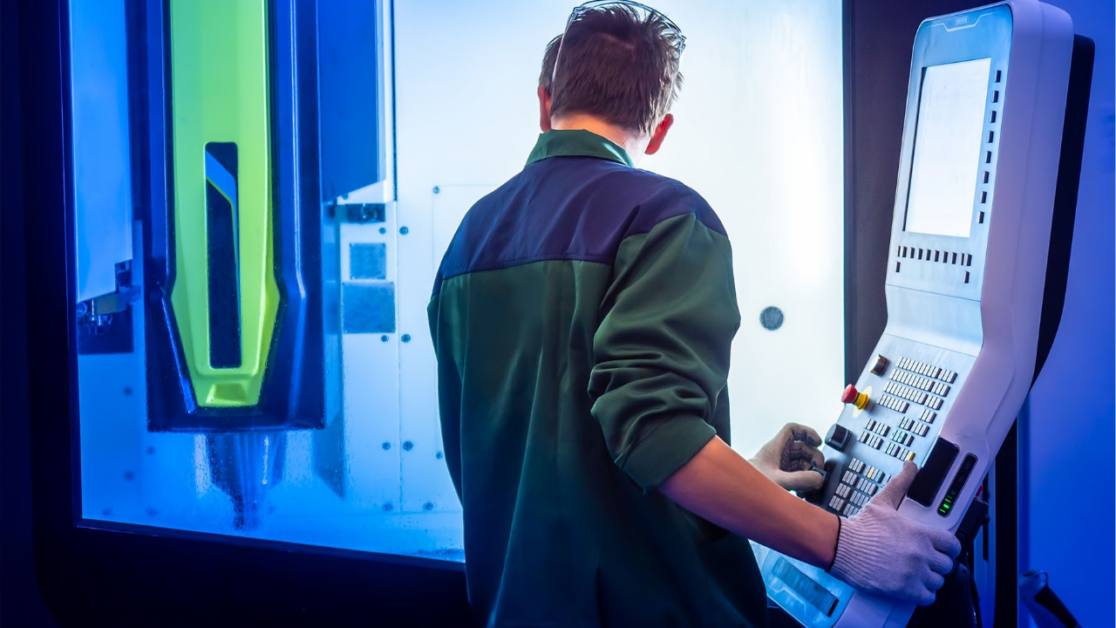In today’s fast-paced and competitive market, product launches can make or break a company’s success. In the UAE, where innovation and entrepreneurship are growing day by day, it’s crucial to ensure that products are designed and developed with precision and quality. This is where product engineering and prototyping come into play. These processes are essential for successful product launches, and in this blog, we’ll explore why.
Understanding Product Engineering
Product engineering is the process of designing and developing a product from concept to reality. It involves a range of activities, including product design, testing, and validation. The key stages in the product engineering process include:
Requirements gathering: Identifying the product’s functional and non-functional requirements.
- Design: Creating a detailed design of the product, including its architecture, components, and interfaces.
- Prototyping: Building a prototype of the product to test and validate its design.
- Testing: Conducting various tests to ensure the product meets the required standards and requirements.
- Validation: Verifying that the product meets the customer’s needs and expectations.
Product engineering plays a critical role in product development, as it ensures that the product is designed and developed with the customer’s needs in mind. In the UAE, where the market is highly competitive, product engineering is essential for staying ahead of the competition.

The Prototyping Process
Prototyping is a critical step in the product engineering process. It involves creating a physical or digital model of the product to test and validate its design. There are different types of prototyping, including:
- Rapid prototyping: Creating a prototype quickly and efficiently to test and validate the product’s design.
- Iterative prototyping: Creating multiple prototypes to refine and improve the product’s design.
The steps involved in creating a prototype include:
- Define the problem or opportunity: Identify the issue or opportunity that needs to be addressed and clarify project goals.
- Research and gather information: Collect data and insights from various sources to inform design decisions and solutions.
- Concept development: Generate a range of ideas and concepts that address the problem or opportunity, considering feasibility and user experience.
- Prototyping: Create a tangible representation of the concept using materials like paper, cardboard, or digital tools to test and refine design.
- Testing and iteration: Test the prototype with real users, gather feedback, and make iterative improvements to the design until it meets goals.
- Refining and revising: Refine and revise the design based on feedback and testing results, making adjustments to materials, functionality, and user experience.
- Finalization: Finalize the prototype, preparing it for production and implementation, ensuring it meets original goals and objectives.

Benefits of Product Engineering and Prototyping
Product engineering and prototyping offer several benefits, including:
- Risk mitigation: By testing and validating the product’s design, companies can identify and address potential issues early on, reducing the risk of product failure.
- Identifying and addressing potential issues early: Prototyping allows companies to identify and address potential issues early on, reducing the cost and time associated with rework and redesign.
- Cost efficiency: By identifying and addressing potential issues early on, companies can reduce the cost and time associated with rework and redesign.
- Improved product quality: Prototyping ensures that the final product meets the desired standards and requirements, improving its overall quality.
- Enhanced innovation: Prototyping encourages creativity and exploration of new ideas, leading to innovative and unique products.
Challenges and Solutions in Product Engineering and Prototyping
Despite the benefits of product engineering and prototyping, companies may face several challenges, including:
- Time and cost constraints: Companies may face time and cost constraints, making it difficult to allocate sufficient resources to product engineering and prototyping.
- Complexity: Companies may face complexity in designing and developing complex products, making it difficult to create a prototype that accurately represents the final product.
To overcome these challenges, companies can use the following best practices:
Prioritize: Prioritize the product’s requirements and objectives, ensuring that the product engineering and prototyping process is focused on the most critical aspects.
Collaborate: Collaborate with cross-functional teams, including designers, engineers, and stakeholders, to ensure that the product engineering and prototyping process is comprehensive and effective.
Use technology: Use modern technologies, such as CAD and 3D printing, to streamline the product engineering and prototyping process.

The Role of Technology in Product Engineering and Prototyping
Modern technologies, such as CAD and 3D printing, have revolutionized the product engineering and prototyping process. These technologies allow companies to design and develop products quickly and efficiently, reducing the time and cost associated with rework and redesign.
Impact of Modern Technologies
- Computer-Aided Design (CAD) software enables precise design and simulation, reducing errors and improving communication among team members.
- 3D printing accelerates prototyping and production, allowing for rapid testing and validation of designs.
- Simulation and analysis tools help identify potential issues, improving product quality and reliability.
- Artificial intelligence (AI) and machine learning (ML) algorithms optimize design and development, streamlining the process.
- Cloud-based collaboration platforms facilitate global teamwork, enabling seamless sharing of designs and data.
Future Trends and Technological Advancements
- Advances in 3D printing will enable faster and more complex production, reducing costs and increasing efficiency.
- Increased use of AI and ML will optimize design and development, predicting and preventing potential issues.
- Development of new materials will enable the creation of innovative products with unique properties.
- Improved simulation and analysis tools will help identify potential issues earlier, reducing the need for physical prototypes.
- Enhanced collaboration tools will facilitate global teamwork, enabling faster and more effective product development.
Conclusion
Product engineering and prototyping are essential for successful product launches in the UAE. These processes allow companies to design and develop products with precision and quality, reducing the risk of product failure and improving the overall quality of the final product. By understanding the importance of product engineering and prototyping, companies can stay ahead of the competition and achieve success in the UAE’s fast-paced and competitive market.
Sources:
“The Importance of Prototyping in Product Development” by McKinsey & Company
“Product Engineering: A Guide to Successful Product Development” by PTC
“The Role of Technology in Product Engineering and Prototyping” by Forbes



магазин аккаунтов социальных сетей магазин аккаунтов социальных сетей
биржа аккаунтов https://marketplace-akkauntov-top.ru/
купить аккаунт маркетплейс аккаунтов
безопасная сделка аккаунтов маркетплейс аккаунтов
гарантия при продаже аккаунтов магазин аккаунтов
аккаунты с балансом https://kupit-akkaunt-top.ru/
профиль с подписчиками гарантия при продаже аккаунтов
Account Market Database of Accounts for Sale
Accounts marketplace https://accountsmarketplacepro.com
Account Trading Account Trading Service
Account Market Verified Accounts for Sale
Profitable Account Sales Sell Account
Purchase Ready-Made Accounts Accounts for Sale
Verified Accounts for Sale Account Buying Service
Purchase Ready-Made Accounts Buy Account
Website for Buying Accounts Secure Account Sales
Verified Accounts for Sale Account marketplace
Account Buying Platform Secure Account Sales
account market secure account sales
account store account store
account selling service account trading service
verified accounts for sale buy pre-made account
account trading account selling platform
account exchange profitable account sales
find accounts for sale purchase ready-made accounts
online account store profitable account sales
gaming account marketplace account exchange
website for buying accounts website for selling accounts
website for buying accounts account buying platform
account market accounts marketplace
secure account purchasing platform account trading platform
account trading service account buying platform
secure account purchasing platform secure account sales
gaming account marketplace account exchange
account exchange service gaming account marketplace
website for selling accounts account exchange service
account marketplace purchase ready-made accounts
sell accounts account buying service
account trading service account market
buy account accounts-market-soc.org
secure account sales account trading platform
account trading account trading platform
website for selling accounts account acquisition
gaming account marketplace ready-made accounts for sale
account sale account trading platform
account store social media account marketplace
account trading https://accounts-offer.org
account market https://accounts-marketplace.xyz
online account store https://social-accounts-marketplaces.live
account purchase accounts market
account buying platform accounts market
secure account purchasing platform https://buy-accounts.space/
social media account marketplace buy accounts
account trading platform account marketplace
account marketplace https://buy-accounts.live
account sale buy accounts
account market https://accounts-marketplace-best.pro/
покупка аккаунтов https://akkaunty-na-prodazhu.pro/
биржа аккаунтов https://rynok-akkauntov.top/
магазин аккаунтов kupit-akkaunt.xyz
площадка для продажи аккаунтов купить аккаунт
биржа аккаунтов akkaunty-market.live
маркетплейс аккаунтов kupit-akkaunty-market.xyz
продажа аккаунтов магазины аккаунтов
маркетплейс аккаунтов online-akkaunty-magazin.xyz
продажа аккаунтов https://akkaunty-dlya-prodazhi.pro
маркетплейс аккаунтов kupit-akkaunt.online
buying facebook accounts https://buy-adsaccounts.work
buy aged facebook ads accounts https://buy-ad-accounts.click
cheap facebook accounts buy facebook accounts
buy facebook profiles buy fb ad account
facebook accounts for sale buy fb account
buy a facebook ad account https://buy-ads-account.work/
buy fb ad account buy facebook ads accounts
facebook accounts to buy buy a facebook ad account
buying facebook account https://ad-accounts-for-sale.work
buy account google ads buy google ads agency account
buy google ad threshold account google ads agency accounts
buy facebook profile https://buy-accounts.click
buy old google ads account https://ads-account-for-sale.top/
buy old google ads account buy google adwords accounts
google ads account buy https://buy-ads-invoice-account.top
google ads agency account buy https://buy-account-ads.work
buy google ad account https://buy-ads-agency-account.top
buy account google ads https://ads-agency-account-buy.click
buy verified bm facebook buy-business-manager.org
buy google ad account https://buy-verified-ads-account.work/
buy facebook business manager https://buy-bm-account.org/
buy fb bm buy-business-manager-acc.org
buy business manager https://buy-verified-business-manager-account.org/
facebook bm buy https://buy-verified-business-manager.org/
verified facebook business manager for sale https://business-manager-for-sale.org
fb bussiness manager buy-business-manager-verified.org
verified bm https://buy-bm.org
buy facebook verified business manager buy verified bm
verified facebook business manager for sale https://buy-business-manager-accounts.org/
tiktok ads account for sale buy tiktok ad account
buy tiktok ads account https://tiktok-ads-account-buy.org
buy tiktok ads https://tiktok-ads-account-for-sale.org
tiktok ad accounts https://tiktok-agency-account-for-sale.org
tiktok ads account for sale https://buy-tiktok-ad-account.org
tiktok ads account buy https://buy-tiktok-business-account.org
tiktok ads account for sale https://buy-tiktok-ads.org
tiktok ads agency account https://tiktok-ads-agency-account.org
buy facebook accounts cheap secure account purchasing platform ready-made accounts for sale
buy a facebook account account trading buy pre-made account